Bok choy is a representative of cabbage plants. It originates from the Far East - Japan, China, Indonesia. Bok choy is a type of leafy cabbage very similar to Chinese cabbage in size and appearance. It belongs to the Brassicaceae family. Bok choy is known by many names but the most widely used is pak choi.
Initially the cultivated varieties from China had difficulties adjusting to Western climate but through continued selection and genetic experiments they have developed and adapted to the point where they can easily be grown in any garden.
Growing Bok Choy
Bok choy needs to be planted at the right time so that its main phase of development does not correspond to the longest days of the year. This is because when exposed to sunlight too long, the plant will bolt, bloom and the taste will be bitter.
Bok choy is also sensitive to low temperatures. The minimum temperature it can withstand is 50°F (12° C). Plant bok choy from mid July to the beginning of August directly in the open.
Plant them sparsely in rows about 12″ (30 cm) apart. Another option is to have seedlings in pots first and then plant them. The cabbage will be ready 60 days at the latest after planting.
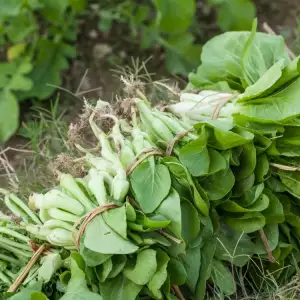
As with Chinese cabbage, the most important part of bok choy is the leaf stem. 1 head can weigh up to 3.5 lb (1.5 kg) but the ideal weight for harvesting is between 1 lb (0.5 kg) and 2 lb (1 kg).
Composition of Bok Choy
Bok choy is an incredibly excellent source of vitamins A and C. Its green part contains folic acid, iron, calcium and fiber. Bok choy is rich in vitamin B6, potassium, manganese. Bok choy has a low sodium content.
The potassium in bok choy helps maintain electrolyte balance, vitamin K helps blood clotting, the calcium strengthens teeth and bones, while the vitamin A is also needed to maintain healthy teeth, bones, mucosa and soft tissues.
Choosing and Storing Bok Choy
Select bok choy with white, well formed and spotless stems. The stems of this cabbage are similar to celery but are not tough. Avoid bok choy with deformed stems and brown spots. This is an indication of bad growing conditions. Yellow leaves and very small stems are an indication of an old plant.

Cooking Bok Choy
Bok choy has a much gentler taste than Chinese cabbage. Because of this it can be consumed raw, like any regular vegetable. Cut the leaves and stems finely and season with your usual salad sauces.
You can prepare bok choy as you would kale but cut the heads more coarsely and saute them briefly in butter. Bok choy makes a wonderful garnish when steamed briefly.
One of the most common uses of bok choy is in soups. It can be served boiled or sauteed, chopped with salad, baked with salmon. When it comes to salads, small heads of bok choy are the most suitable because you won't have a problem consuming them raw.
Bok choy is a main ingredient in many Asian dishes. Its applications are limitless, it makes for a crunchy addition to salads or a standalone cabbage salad.
If you would like to try a new vegetable that's rich in vitamins and minerals, easy to prepare and serve, bok choy is the one for you.
Benefits of Bok Choy
As mentioned, bok choy contains numerous important vitamins and minerals, needed for good health. It's loaded with fiber and at the same time has a low content of calories, making it an excellent food to eat during a diet. It can be eaten in large quantities without this playing a role in the daily caloric intake.
Bok choy is one of the new superfoods - thanks to its antioxidant levels it plays a crucial role in the battle against free radicals and in the prevention of cancer. Bok choy is not an allergen and does not contain oxalates and purines.
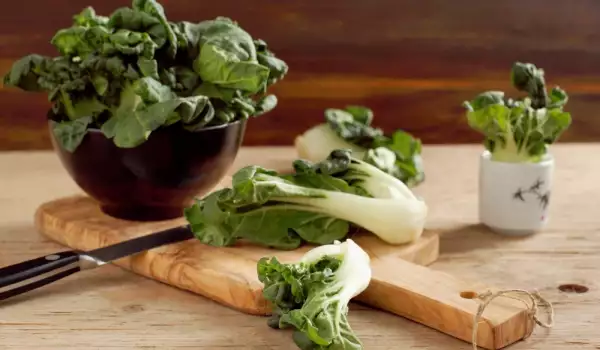
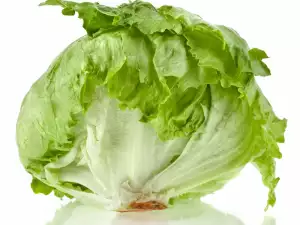
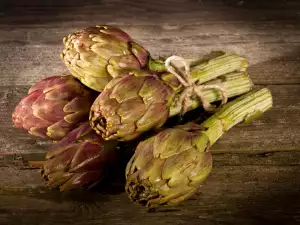
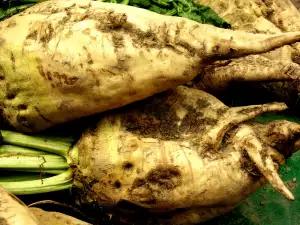
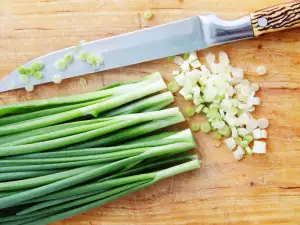

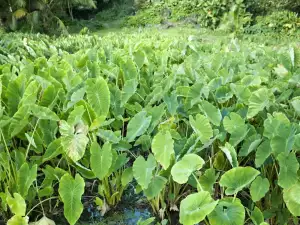
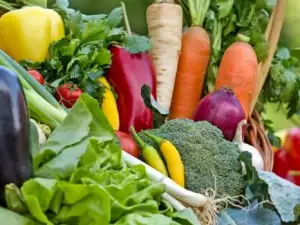
Comments